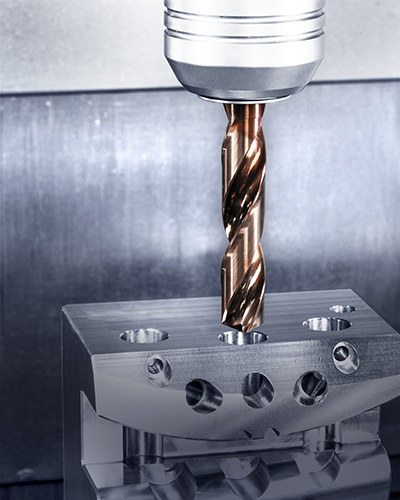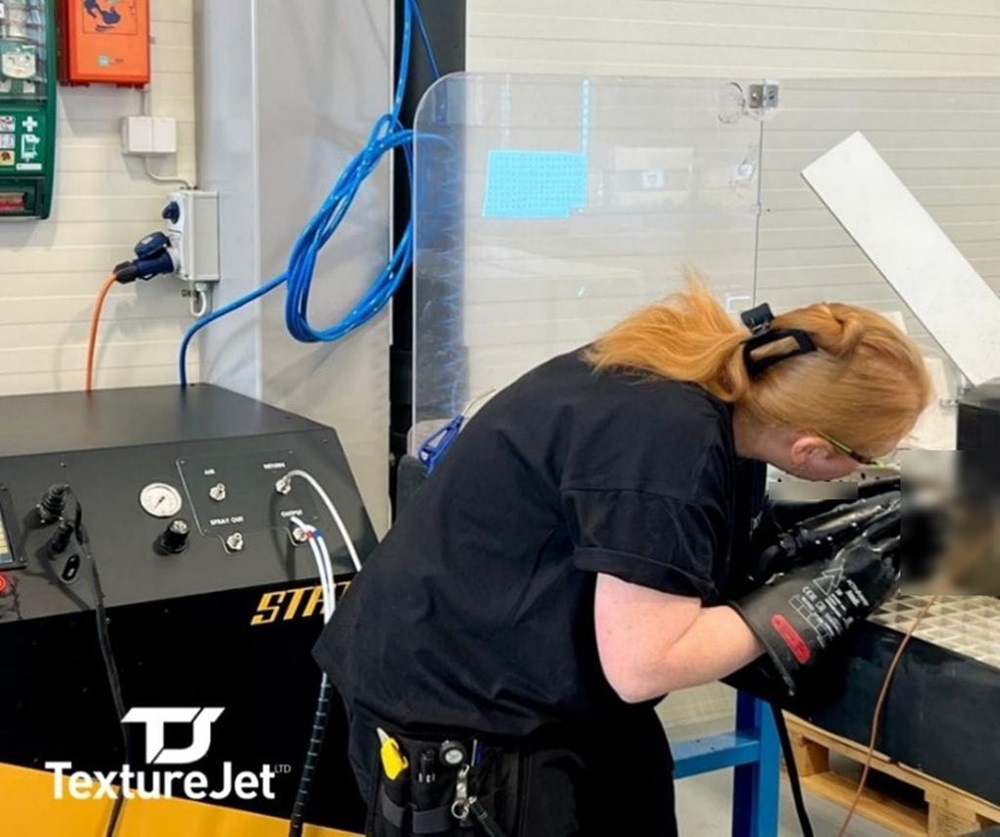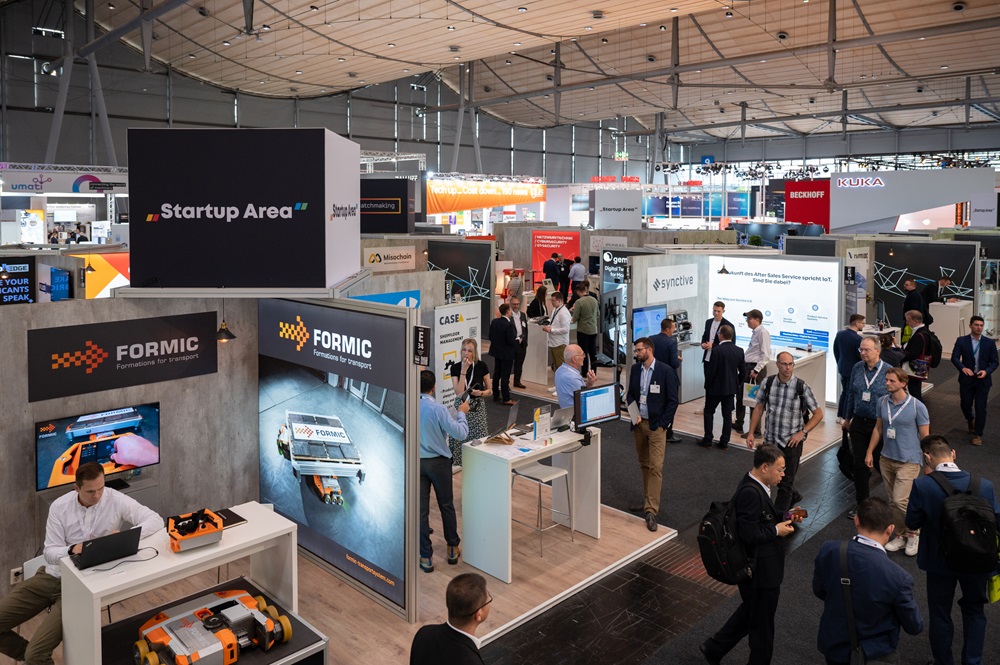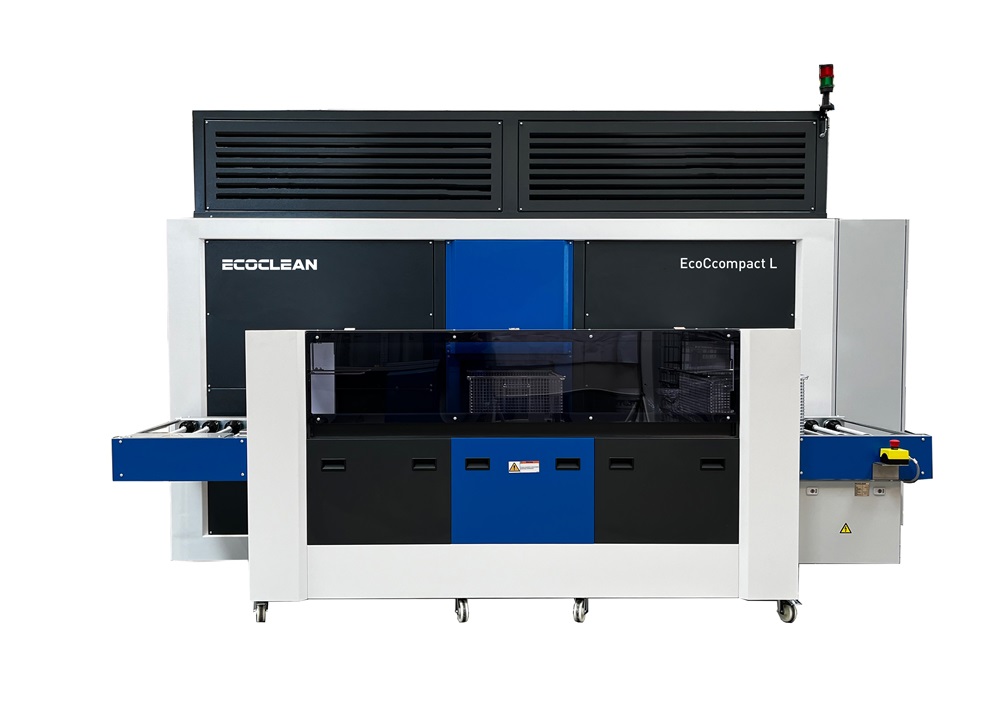Guhring has developed a new addition to its hole-making range: the new RT100 InoxPro series of solid-carbide drills. Designed for the drilling of stainless steels and titanium alloys, the new RT100 InoxPro overcomes the challenges of tool wear with its combination of tough carbide grade, new geometry and dedicated coating technology.
According to Guhring, RT100 InoxPro gives manufacturers a 50% increase in feed rates and productivity, with a 60% improvement in tool life compared to conventional stainless steel drills. Furthermore, the geometry design of the RT100 InoxPro optimises swarf control and evacuation to ensure process reliability, even when drilling up to 7xD.
This performance level is achieved with an optimised sickle-shaped cutting edge that forms and evacuates swarf, a smooth Perrox coating which increases wear protection and polished flute surfaces that remove swarf from the cutting area at speed to prevent built-up edge. Available in 3xD, 5xD and 7xD lengths, the RT100 InoxPro comes with a 140° point angle and coolant channels to support swarf removal and extend tool life
Guhring’s RT100 InoxPro is available from 3 to 20 mm diameter in 0.1 mm increments, with all imperial dimensions supported. The 3xD series has an overall length of 62 to 131 mm and a flute length of 20 to 79 mm, depending on the chosen diameter. In contrast, the 7xD range of drills has an overall length from 70 to 244 mm with a cutting length from 30 to 190 mm.
Complementing the new RT100 InoxPro is the new InoxPro fluteless taps, which offer synced macro and micro geometry with an optimised lubricating flute geometry and polygon shape. Guhring says this ensures reliable fluteless tapping in stainless and other high-grade austenitic steels.
More information www.guhring.co.uk



















